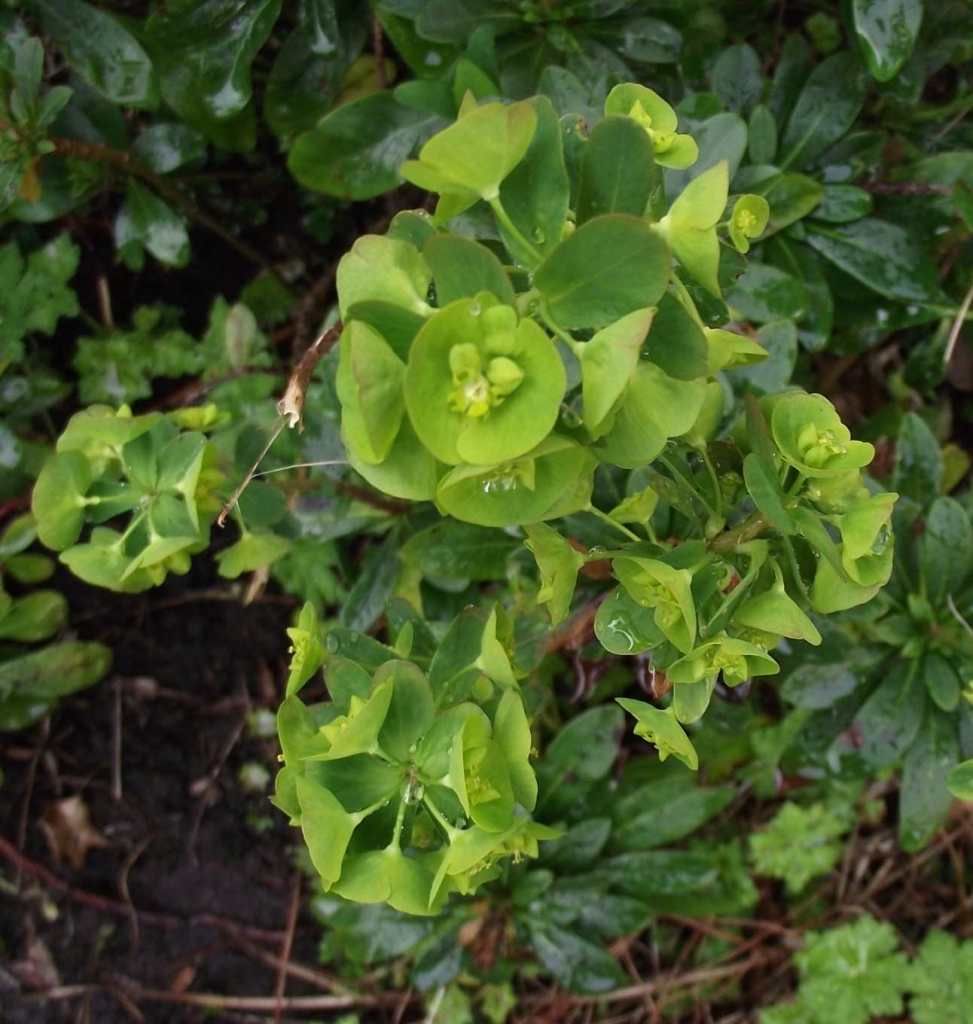We have had very little rain here in High Peak having avoided the downpours which have affected other areas and I am now having to water all my containers and pots on a regular basis. The forecast is currently showing an overcast day today (Saturday) but then temperatures are set to go into the twenties throughout next week. I am still very wary of a late frost even though it seems unlikely at the moment. I won’t be happy until we get to the last week of May.

I love this time of the year, the acers are now fully out and everywhere you look trees are bursting into life and the landscape is greening up. A gardener’s week is never done it seems, with the stronger sun and possibility of a late frost the acers stand to be scorched by either one whilst the leaves are so tender.


Specie tulip, Tulipa clusiana var chrysantha on a sunny day and not.

I no longer have cold glass so have to resort to outdoor sowing, of mainly hardy perennials, outside in a sheltered spot. These were sown in early February, as I would do normally under cover, using fresh society seed. Despite this two lots have been pricked out three weeks ago and are almost ready to go into the open ground. I get great pleasure in raising plants from seed and to be honest I don’t know where I am going to put them all. I do sow a good number of seeds, even though I may only keep a few plants of each, because in some cases poor germination is a factor. I am a great believer in raising them hard to get good strong plants.

I am making a bit of an assumption here that this is actually characias but it is filling up an awkward damp corner very nicely so I won’t complain.

These were planted very late and consequently we have February Gold flowering at the end of April. I find I can get away with planting tulips late, but narcissi, not so much.

How did that get there? This montana has appeared around the central heating exhaust after travelling under the tiles from the gutter level. It will be short-lived as I will be taking it down to almost ground level after it flowers in order to paint the woodwork behind it.
This meme is hosted by Jim Stevens who is to be found with all the details and links to plenty of other blogs to enjoy at Garden Ruminations.








